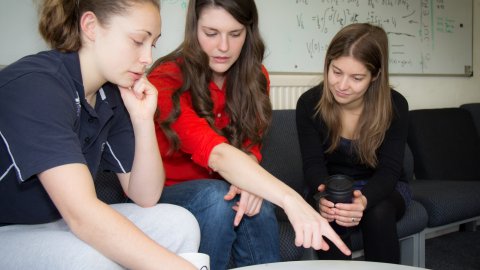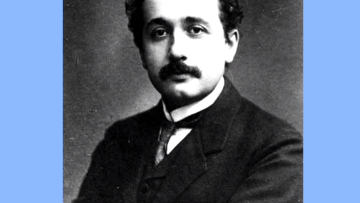PathFinder: a toolbox for oscillatory quadrature
Abstract
Highly oscillatory integrals arise in a range of wave-based problems. For example, they may occur when a basis for a boundary element has been enriched with oscillatory functions, or as part of a localised approximation to various short-wavelength phenomena. A range of contemporary methods exist for the efficient evaluation of such integrals. These methods have been shown to be very effective for model integrals, but may require expertise and manual intervention for
integrals with higher complexity, and can be unstable in practice.
The PathFinder toolbox aims to develop robust and fully automated numerical software for a large class of oscillatory integrals. In this talk I will introduce the method of numerical steepest descent (the technique upon which PathFinder is based) with a few simple examples, which are also intended to highlight potential causes for numerical instability or manual intervention. I will then explain the novel approaches that PathFinder uses to avoid these. Finally I will present some numerical examples, demonstrating how to use the toolbox, convergence results, and an application to the parabolic wave equation.



